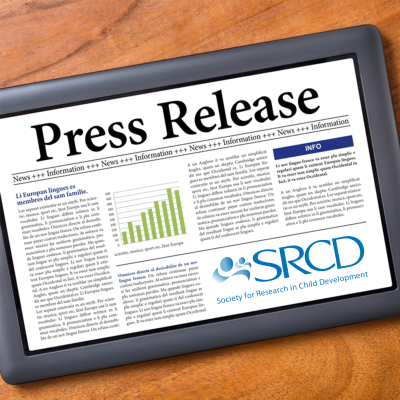What is Homeschooling and What Do We Need to Learn?
MEDIA ALERT / CHILD DEVELOPMENT PERSPECTIVES
Review of U.S. National Data Offers Suggestions on How to Better Understand and Improve Future Homeschooling Research
Homeschooling has become increasingly popular due to the many challenges experienced during the COVID-19 pandemic. The growth of homeschooling has sparked questions about how much is known about the practice and its effectiveness. A review of the literature in the journal Child Development Perspectives focuses on the demographic characteristics of homeschooling families, motivations for homeschooling, and homeschoolers’ academic and socio-emotional functioning.
Homeschooling Demographics at-a-Glance (Note: data collected prior to COVID-19 pandemic)
- Approximately two to three percent of children across kindergarten to 12th grade in the United States were homeschooled.
- 79% of homeschooling families live above the poverty threshold.
- 25% have two parents in the labor force.
- 80% reside with two parents.
- 22% live in a rural area.
- The majority of parents and guardians of children who are homeschooled have either completed some college, received a bachelor’s degree, or attended graduate or professional school.
- Homeschoolers are more diverse than in the past (26% of homeschoolers are Hispanic, 8% are Black, 3% are Asian, and 59% are White, non-Hispanic).
Main Reasons Parents Choose to Homeschool? (Note: data collected prior to COVID-19 pandemic)
- Concern about the school environment (34%).
- Dissatisfaction with school instruction (17%).
- Religious motivations (16%).
- Child with special needs (6%).
- A desire for a nontraditional approach (6%).
- A child with physical or mental health problems (6%).
How Do Parents Homeschool?
- Most parents use a structured approach involving formal curriculum.
- Most homeschoolers receive education in music, arts, literature, and foreign language.
- Most homeschoolers participate in sports, active games, or exercise.
- Many homeschoolers participate in teaching co-ops, which gives them opportunities to learn from multiple adults.
- Homeschooling parents often educate themselves through mentoring programs, local support groups, conferences, and webinars.
Homeschooling Results
Preliminary evidence suggests that homeschoolers perform equal to or better than their conventionally schooled peers on measures of achievement and socioemotional functioning, but methodological limitations, especially selection effects, make it premature to draw definitive conclusions.
Recommendations for Future Research
There are many additional ways to advance the study of homeschooling. This includes:
- Examining if the methods and materials parents use to homeschool are related to social and academic outcomes.
- Examining if the frequency and nature of peer and adult interactions (through sports, scouts, co-ops, etc.) may help efforts to better understand homeschoolers’ socio-emotional functioning.
- Moving beyond parent-reported data by incorporating data from the child and other adults.
- Studying if families’ geographic and community support are related to key outcomes.
- Examining if homeschooling experiences vary as children age and engage in more complex material.
###
Summarized from Child Development Perspectives, Homeschooling: What Do We Know and What Do We Need To Learn by Valiente, C., Spinrad, T.L., and Ruof, A. (Arizona State University, T. Denny Sanford School of Social and Family Dynamics), Ray, B.D. (National Home Education Research Institute), and Eisenberg, N. (Arizona State University, Department of Psychology). Copyright 2022 The Society for Research in Child Development, Inc. All rights reserved.


